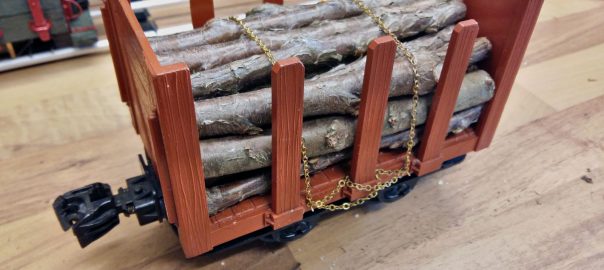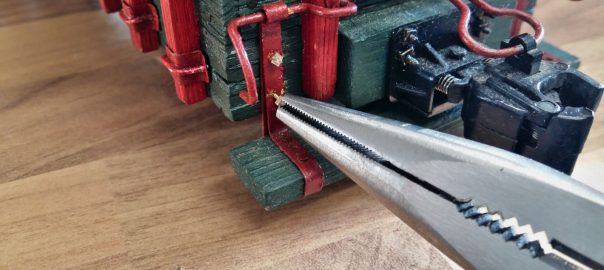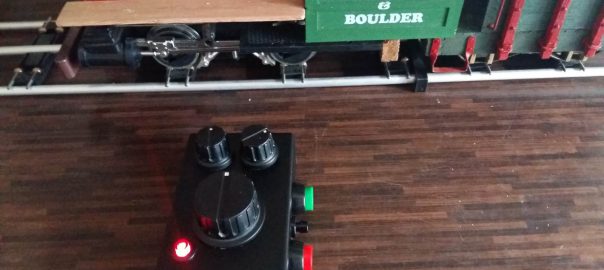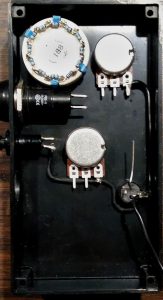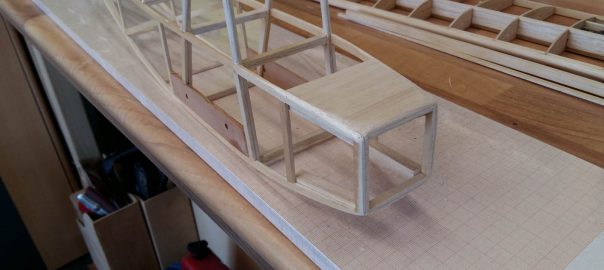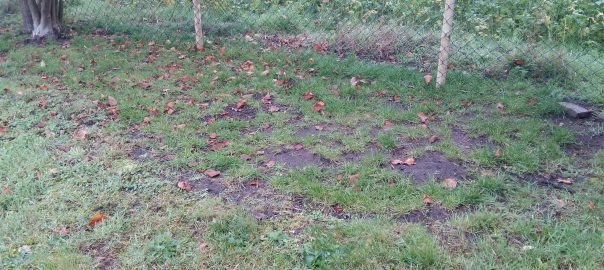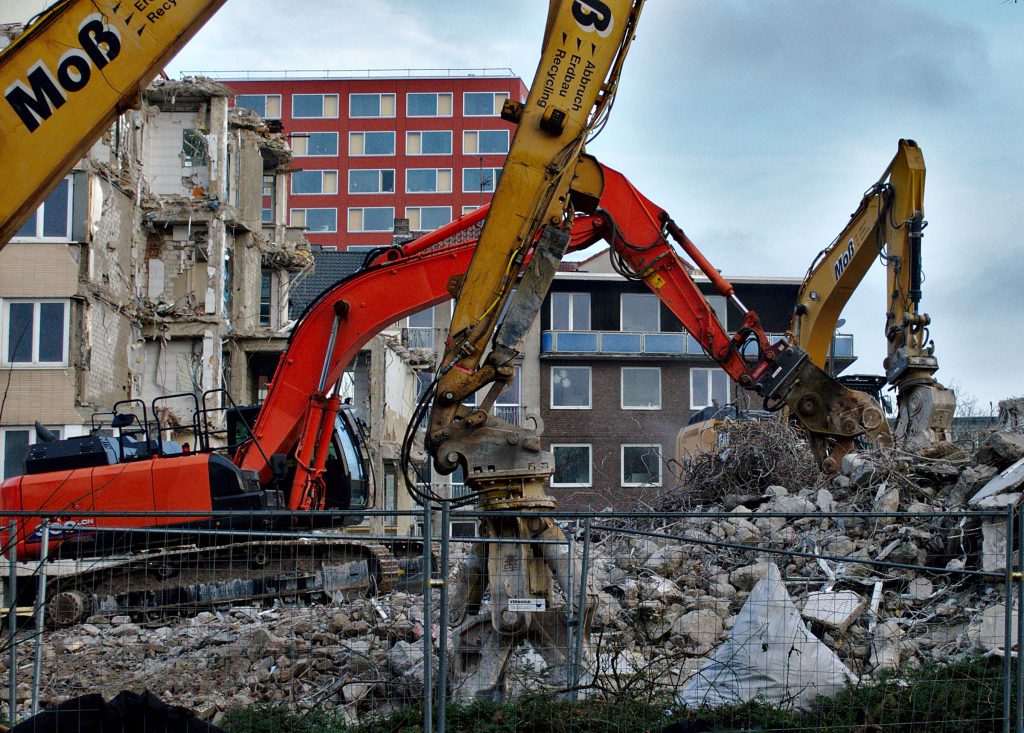In preparation for the next driving session at a friend’s of mine, I focused on Bulkhead #101. (By default, which other waggons do I possess right now?)
The little darling is supposed to serve as a coupling adapter (knuckle coupling at the front, LGB’s “bottle opener” at the rear). So that it can excel in the task, the waggon needs some additional weight, which I provided by means of a timber load. And in order to keep the latter in place, some fastening had to be added.

